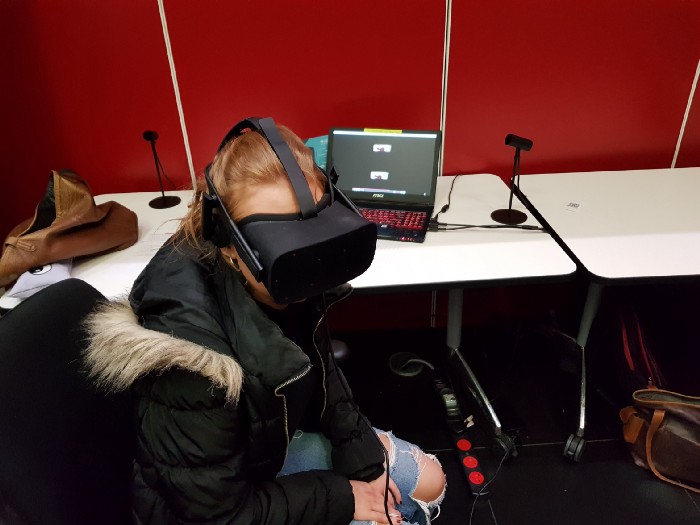Immersive learning seems to simultaneously be part of an accelerating remote learning culture, and a continuing hum the buzzword mash of noise. Part of that noise is the semantic fussiness of 360 video and “true” virtual reality (VR). For all intents and purposes, at Chief Learning Magazine we will be discussing 360 video in the same breath as virtual reality. Not least because Google already did it way back in 2016 as Google Expeditions was taking off; but because 360 video is arguably the most accessible gateway for educators to use extended reality (XR) for education in as simple a way as filming videos and panoramas using a smartphone.
Ultimately, an immersive experience needs to be experiential, and help engender a sense of presence in the user’s perception, both in real-time and in memory.
With 360 video clearly being part of the virtuality continuum – assuming that soundscapes and 6 degrees of freedom are achieved in engaging the user – we can accept that360 degree video is a medium that can be used for immersive learning too. The need for “true 3D” may be demanded in the near future; but right now stereoscopy and the odd bit of curvilinear ‘fisheye’ is quite sufficient.
360 video is immersive as long as it learners feel something – their learning experience must move them in a multi-sensory way
We already have some great examples of 360 degree video being used as core parts of a future-forward classroom which peppers its lessons with immersive, 360 video such as:
360 Degree Viiking Battle (National Geographic)
Aerial 360 video of the Matterhorn, Switzerland
Google Expeditions (now Google Arts & Culture)
UtoVR 360 VR (Chinese Content)
Blend Media 360 degree videos for education
There are so many more – you just have to check Blend or YouTube for starters.


We’re even seeing 360 video used in virtual reality campaigns for charity, where both media are considered the same. Not that semantics matters here – it’s the level of engagement and sense of place which does. Understanding a cause is one thing – living it and experiencing it is quite another.
Making immersive placemaking part of the lesson plan
Placemaking has gone beyond its traditional realms of architecture and tourism. While geocaching had its day in the early and mid 2010s where real-time communication and recording your activities as a broadcast tot he world was already mainstream (ref: Twitter) – placemaking is a new space for extended reality learning.
Augmented reality allows digital information to be processed simultaneously with a physical-world experience, allowing a “second screen” split experience with oscillating degrees of focus and attention, to be subsumed into just one experience. The oft-given example of ths might be Pokemon go, but for educators, training professionals and lifelong learners, we might look to Novaby‘s vision of combining place identity, urban politics and XR for learning as a combined experience that can enrich subjects across disciplines.
Indeed, in the future we might see geography and art; politics and ecology, civil engineering and maths as part of a multidisciplinary set of lesson objectives.
Google Arts & Culture – VR and AR for Remote Learning Is Free, And It Already Works
Google Arts & Culture is so low-key XR for education, that it doesn’t even make a song and dance about being -what remains as of 2020/21- the world’s leading catalogue of VR, AR and interactive learning materials which are both available for free, and accessibly, from around the world.

